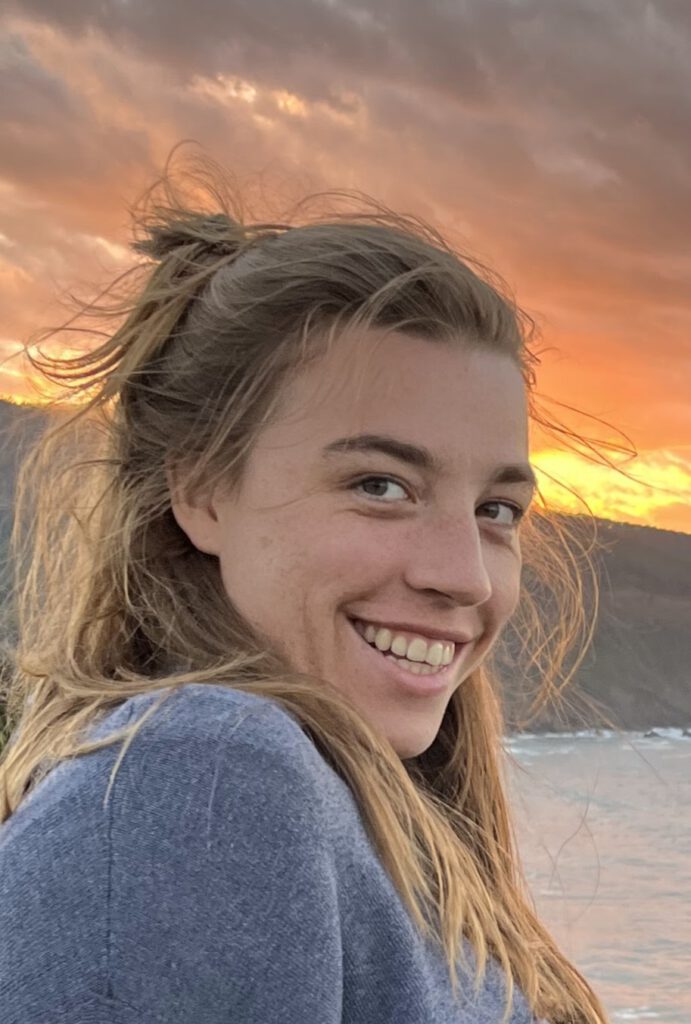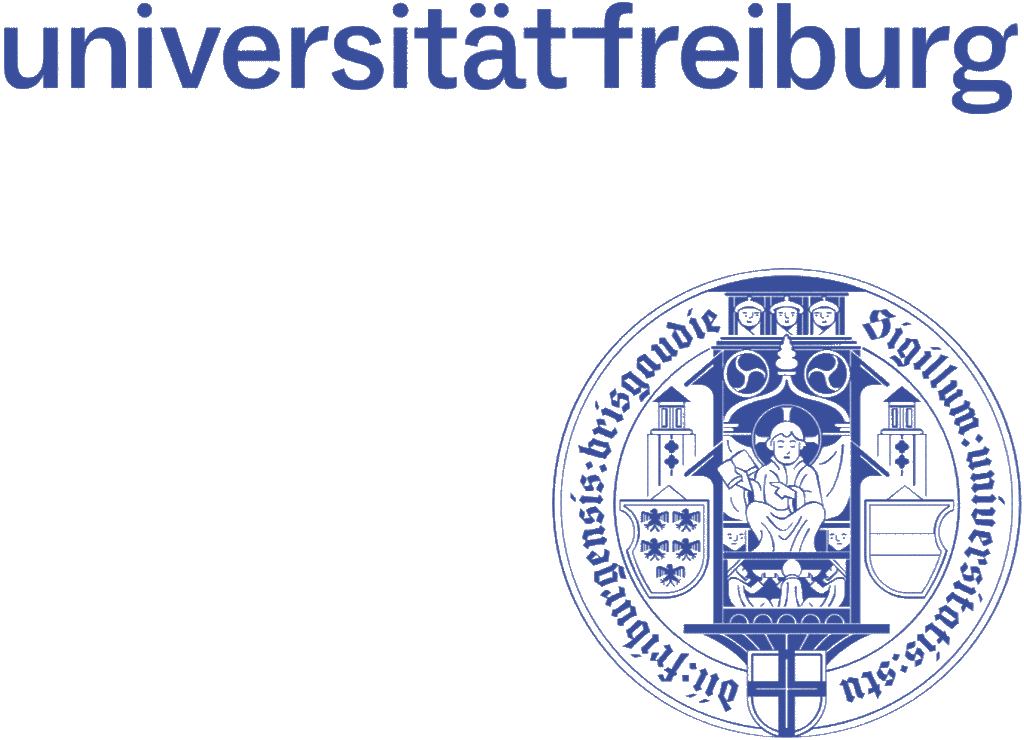
University of Freiburg
Institute of Physics
Experimental Atomic and Molecular Physics
frederike.doerr(at)physik.uni-freiburg.de
Linear Quantum Worlds – Exploring Extreme Conditions
Quantum technologies are greatly improving control and sensing accuracy by leveraging phenomena such as correlations and entanglement. Particularly trapped atomic ions play a crucial role in these investigations, providing a deeper understanding of the fundamental dynamics involved, thus serving as a promising platform for quantum simulations in general [1].
My work is based on the achievement that in our linear Paul trap we are able to switch the trapping potential of two 25Mg+ ions fast enough to induce a non-adiabatic change of the ions’ motional mode frequencies. Thereby, we prepare the ions in a squeezed state of motion. This process is accompanied by the formation of entanglement in the ions’ motional degree of freedom (DOF) and can be interpreted as an experimental analogue to the particle pair creation during osmic inflation in the early universe [2]. Earlier attempts to transfer this entanglement from the external to the internal degree of freedom proved unsuccessful. However, modifications to the experimental setup have enabled the phase-stable combination of a global microwave reference field, a polarization-gradient travelling-wave pattern of light, and the spin and motional states of the trapped ions. Combined with a newly established methodology to stroboscopically determine the dynamics of cyclic states in phase space [3], which I refined in my master’s thesis [4] for squeezed states, this approach presents a promising candidate for entanglement transfer. Initial simulations suggest its successful application to 25Mg+ ions as N00N states, enabling both the creation and transfer of entanglement.
Furthermore, in an ongoing collaboration with Diego Porras, we aim to utilize the stroboscopic measurement technique in combination with parametric amplification, to investigate the entanglement resulting from non-adiabatic alterations of the trapping potential versus its parametric drive, cf. [6]. This approach is designed to improve coherence times and enhance control over quantum states.
Eventually, the scalability of the system will be assessed by systematically increasing the number of trapped ions and expanding its dimensionality. This will provide insights into the feasibility of larger-scale implementations and their potential applications in quantum technologies.
[1] T. Schaetz et al., New J. Phys. 15, 085009 (2013).
[2] M. Wittemer et al., Phys. Rev. Lett. 123, 180502 (2019).
[3] F. Hasse et al., PRA 109, 053105 (2024).
[4] F. Doerr, Master Thesis, Albert-Ludwigs-Universität Freiburg (2024).
[5] F. Hasse, PhD Thesis, Albert-Ludwigs-Universität Freiburg (2025-unpublished).
[6] M. Clavero-Rubio et al., arXiv preprint arXiv:2502.06960 (2025).
Supervisor: Tobias Schätz



